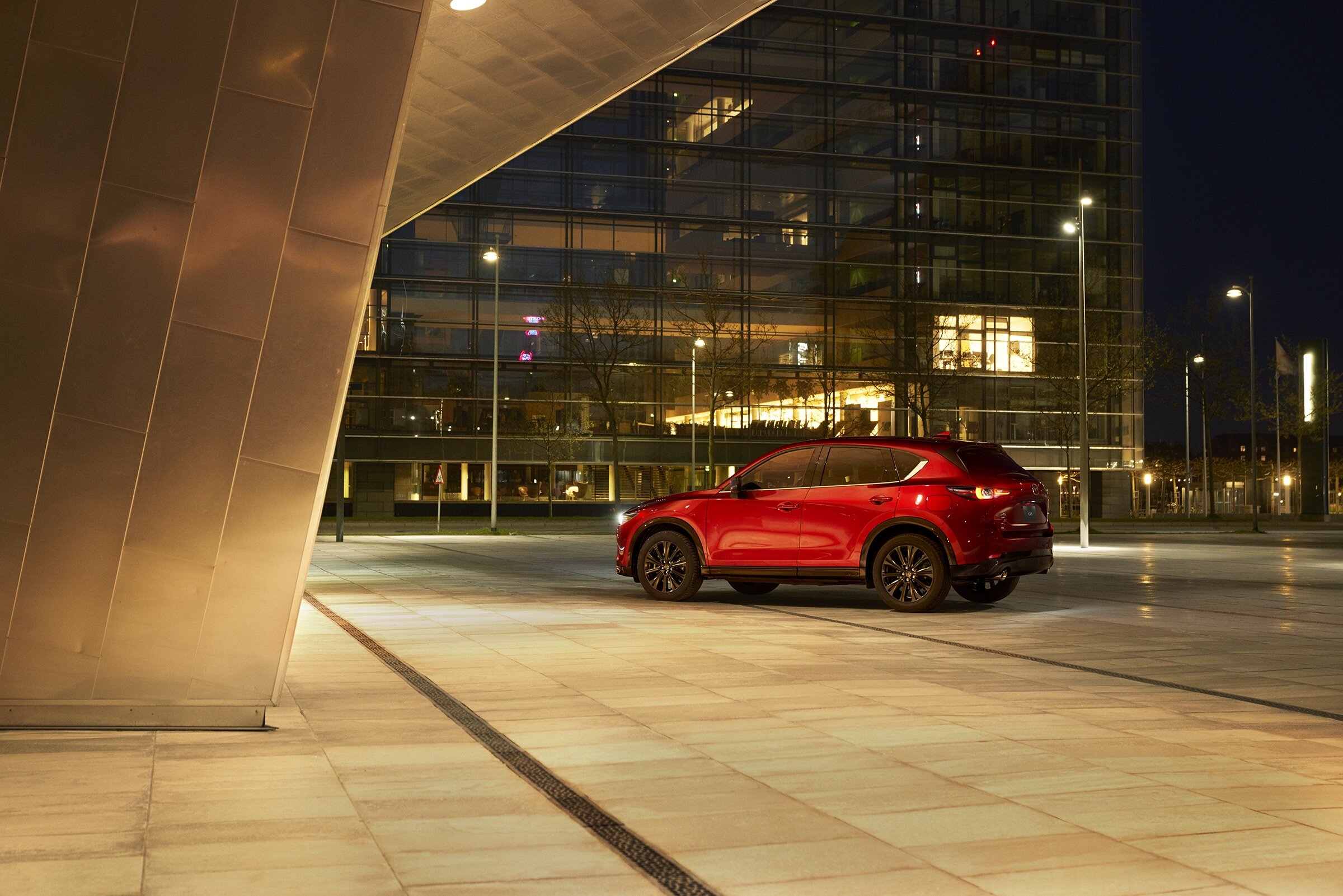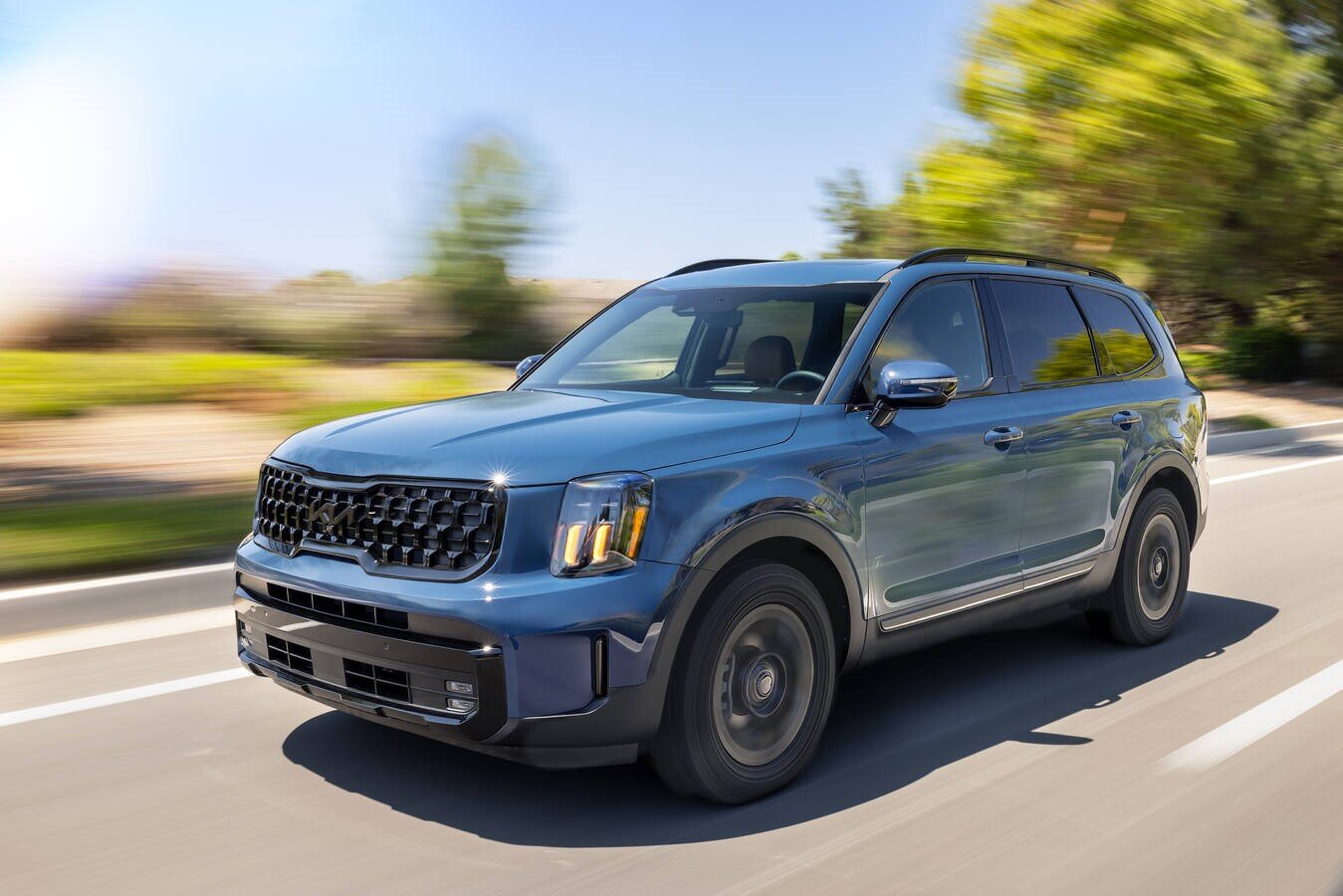First Impressions: A Familiar Face with Sharper Edges
Pulling up to the curb in the 2025 Hyundai Tucson, it’s hard not to notice how much the styling has matured. Hyundai’s designers clearly wanted this compact SUV to stand out, with crisp creases and a bolder grille that somehow avoids shouting for attention. It’s a fresh update subtle but meaningful on a model that’s become a mainstay for suburban driveways and city streets alike. The Tucson’s stance is upright but not boxy, and the LED lighting signatures front and rear add just enough modernity to keep things interesting in a segment crowded with lookalikes like the Toyota RAV4, Honda CR-V, and Mazda CX-50.
Specs and Powertrains: The Choices You Actually Get
The 2025 Tucson lineup covers a broad spread. For the record, you get three primary options under the hood: a naturally aspirated 2.5-liter four-cylinder (187 horsepower, 178 lb-ft of torque), a turbocharged 1.6-liter hybrid (226 total system horsepower), and a plug-in hybrid variant (261 hp combined, with an EPA-estimated electric range around 33 miles). All-wheel drive is available across the board, except on certain base trims where it remains optional. Hyundai sticks with an eight-speed automatic for the standard engine and a six-speed automatic for hybrid models.
Numbers aside, none of these powertrains are designed to thrill. They’re more about smoothness and efficiency a fact that becomes obvious when you dig into the throttle at a stoplight. The 2.5-liter feels adequate for daily duty, while the hybrid provides noticeably more low-end punch thanks to its electric assist. The plug-in hybrid, in particular, is quiet and quick off the line during all-electric operation, though you’ll need regular access to charging to make full use of its capabilities.
Behind the Wheel: Real-World Drivability
Stepping inside and firing up the Tucson reveals one of its most surprising traits: it’s remarkably quiet at highway speeds quieter than a RAV4 or even some pricier European crossovers I’ve driven lately. Road noise is well-muted, with only a distant hum from the tires over rough Michigan asphalt. The steering feels light but precise, making city maneuvers effortless if not exactly sporting. There’s not much feedback through the wheel a common trait in this class but at least the Tucson tracks straight and true without constant corrections.
Suspension tuning is another highlight. The ride is supple over potholes and expansion joints, soaking up imperfections without much drama or float. Body roll is present but kept in check; push harder on a winding back road and you’re reminded this isn’t a Mazda CX-50 or Ford Escape when it comes to chassis eagerness. Still, comfort wins out here Hyundai knows its audience.
Inside the Cabin: Where Buttons Meet Big Screens
Hyundai has made big strides in interior design over the last few years, and the 2025 Tucson shows off that progress with pride. You’ll notice right away that physical buttons are back (after some customer grumbling about previous touch-only controls), so adjusting climate or audio no longer requires taking your eyes off the road for long. There’s a satisfying click to each button not quite as tactile as a BMW knob, but leagues better than tap-and-pray haptics.
The main display is an attractive 12.3-inch touchscreen running Hyundai’s latest software responsive and clear even in direct sunlight. Wireless Apple CarPlay and Android Auto are standard on most trims; wireless charging is available as well. Materials quality in upper trims approaches luxury-lite territory: soft-touch dash panels, convincing faux leather, and metallic accents where cheaper rivals go hard plastic.
Seating up front is supportive for long stints behind the wheel though I would’ve liked just a bit more lower back support after an all-day drive from Detroit to Chicago. Rear seat space is generous by segment standards; two adults will have no trouble stretching out, while even three kids across will avoid elbow wars thanks to a relatively flat floor.
Cargo & Practicality: More Than Just Numbers
The Tucson shines in cargo flexibility 38.7 cubic feet behind the rear seats (expandable to about 74 cubic feet with them folded). That’s near class-leading, beating out both CR-V and CX-50 by just enough margin to matter if you’re regularly lugging sports gear or IKEA hauls. One detail I appreciated: the hands-free power liftgate actually works as advertised stand behind it for a second or two with arms full of groceries and up it goes without drama.
Tech & Safety: Not Just Window Dressing
Every Tucson comes standard with adaptive cruise control, lane keeping assist, blind spot monitoring, rear cross-traffic alert the works. Higher trims add highway driving assist (a subtle step toward hands-free driving), surround-view cameras, remote parking assist (the car can park itself while you watch from outside), and an upgraded Bose audio system that delivers clear sound even at low volumes. Over-the-air updates keep things fresh a feature still rare outside Tesla territory.
Fuel Economy & Ownership Costs: Easy on Your Wallet
If you’re looking at compact SUVs for their thriftiness, you’ll appreciate these numbers: EPA ratings for the base engine hover around 26 mpg city/33 mpg highway with FWD; hybrids see roughly 38 mpg combined; plug-in hybrids claim up to 80 MPGe if you plug in religiously, though real-world numbers depend on your commute mix. Maintenance costs for Hyundais have been historically low compared to rivals like Ford or Volkswagen; warranty coverage remains industry-best at 10 years/100,000 miles for powertrain components.
The Competition: What Else Is Out There?
The compact SUV segment is ruthless just ask anyone who’s cross-shopped recently. The CR-V leans heavy into refinement but can’t match Tucson’s value-packed feature set for similar money; RAV4 has legendary reliability but feels dated inside by comparison; Mazda CX-50 offers sharper steering but less cargo space; Subaru Forester trumps them all off-road but trails in tech. The Tucson sits comfortably among these contenders rarely besting them outright in any one metric but rarely falling short either.
A Few Quirks & Annoyances
No car is perfect even in this relentlessly competitive class and there are some minor gripes worth mentioning. The auto stop-start system on gas models can be abrupt at times (though less so than early versions). The digital gauge cluster looks slick but occasionally washes out under direct sunlight a problem not unique to Hyundai but still mildly annoying when squinting through sunglasses on an August afternoon.
One last nitpick: while most controls are intuitive, some settings are buried deep within touchscreen menus (looking at you, driver assistance customization). Not insurmountable issues by any means just small reminders of compromise in pursuit of tech-forward design.
The Bottom Line: A Crowd-Pleaser That Earns Its Place
After more than a week behind the wheel and plenty of time crawling around every inch inside I’m convinced Hyundai has done its homework on this refresh. The 2025 Tucson doesn’t reinvent what makes compact SUVs popular; instead, it quietly refines almost every aspect that matters day-to-day: comfort, value, tech integration, real-world usability.
If you want driving excitement above all else, look toward Mazda or maybe Subaru’s Wilderness trims but if your priorities include an easy-going commute, family-friendly versatility, strong warranty coverage and plenty of modern conveniences baked in without breaking your budget? The new Tucson deserves your attention and maybe even your driveway space next spring.


